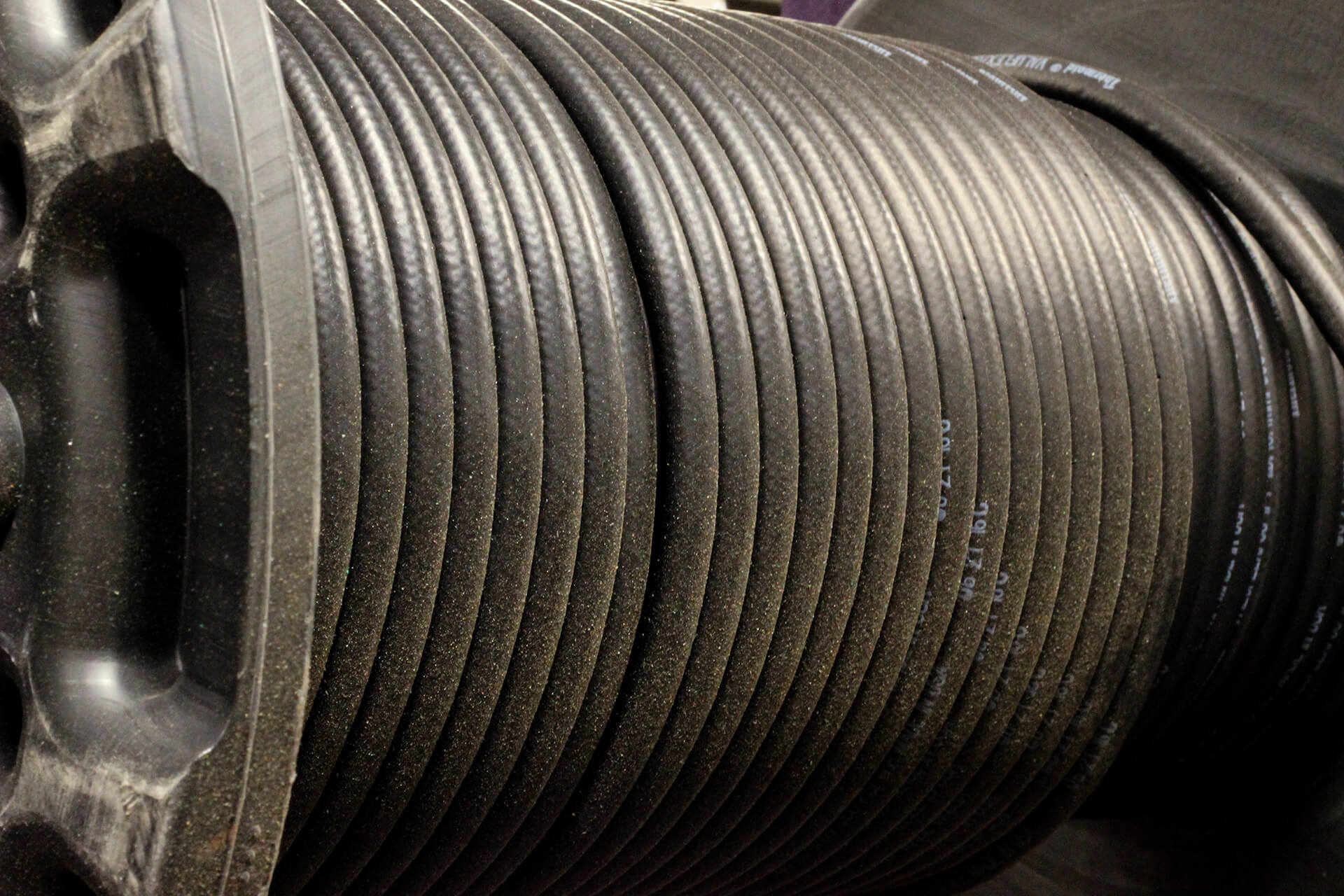Industrial hoses are an important part of many industries’ day to day production. Whether they are used to transfer petroleum, chemicals, food, water, air, or bulk material, it is important to make sure that they are functioning properly. A different kind of hose is required for each use, so it is crucial to make sure your hose has the proper characteristics to handle the material it is working with and the environmental pressures it will face.
Hoses are a ‘wear” item and have a definite lifespan. The life of a hose is dependent on many factors and is difficult to forecast. For that reason, it is best to have a system of inspection and/or testing to detect problems with hose assemblies. By testing and inspecting your hose prior to actual failures during use of its application, you can avoid many safety issues, and other serious consequences.
Few ways you can inspect and test your hose to make sure it is going to function properly and withstand the pressures put upon it:
PM Visual Inspection of Hoses by User
This type of inspection can be done by the user and should be done daily as a part of regular operations.
Inspect for cracks, cuts, abrasion, or exposed reinforcement. Also check for blisters, which can be an indicator of permeation or chemical attack. Look for areas where the material seems to be weeping or leaking through the hose. A hose that shows any of the above signs should be pulled from service immediately.
Critical Application Hose Testing and Inspection
Hoses used for chemical applications should be hydrostatically tested periodically to detect problems prior to failure. NAHAD published guidelines for testing pressures and duration. Generally, used hoses are tested to the rated working pressure of the assembly for five minutes. Hoses that show leakage, swelling, or other signs of deterioration should be pulled from service and replaced.
Continuity Testing
Chemical, petroleum, and some dry material hoses require an electrical bond between the end fittings and the length of hose to prevent static buildup in the assembly during use. Typically, the wire helix or static wire inside the hose is attached to the couplings during the assembly process, then checked for continuity using an ohm meter. Hoses where static buildup could be an issue should be checked to insure that there is still continuity from coupling to coupling at the same time the hose is pressure tested.
Pioneer Rubber and Gasket offers in house hydrostatic and continuity testing of hoses, and on site testing is available based on customer location.

